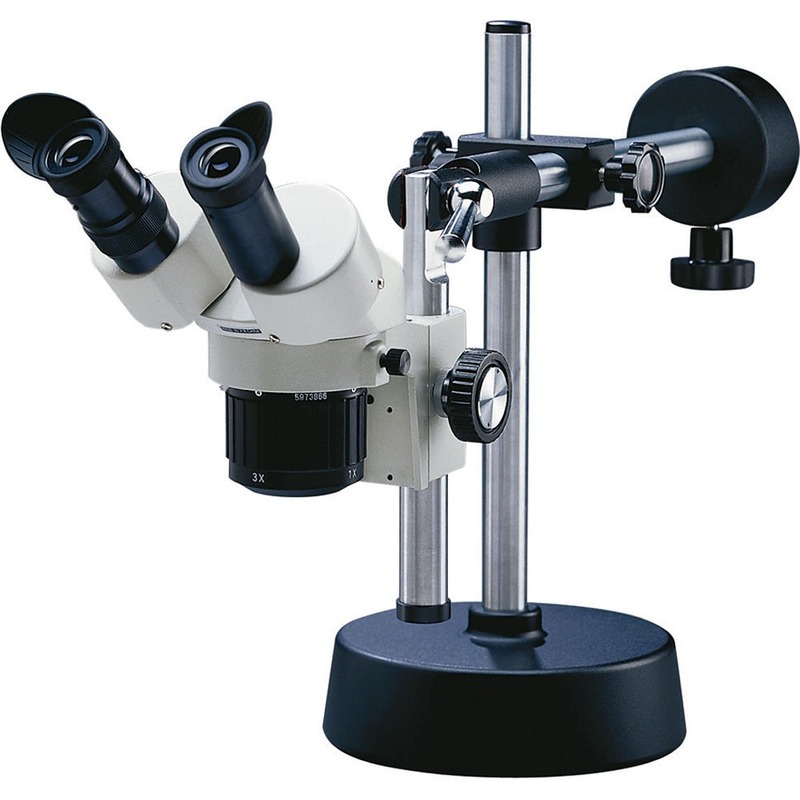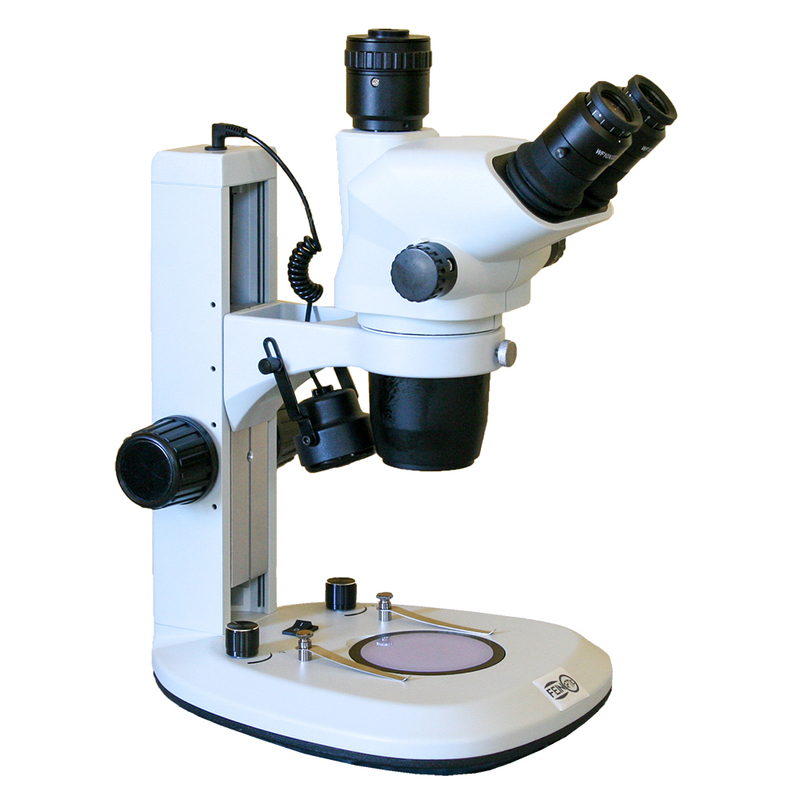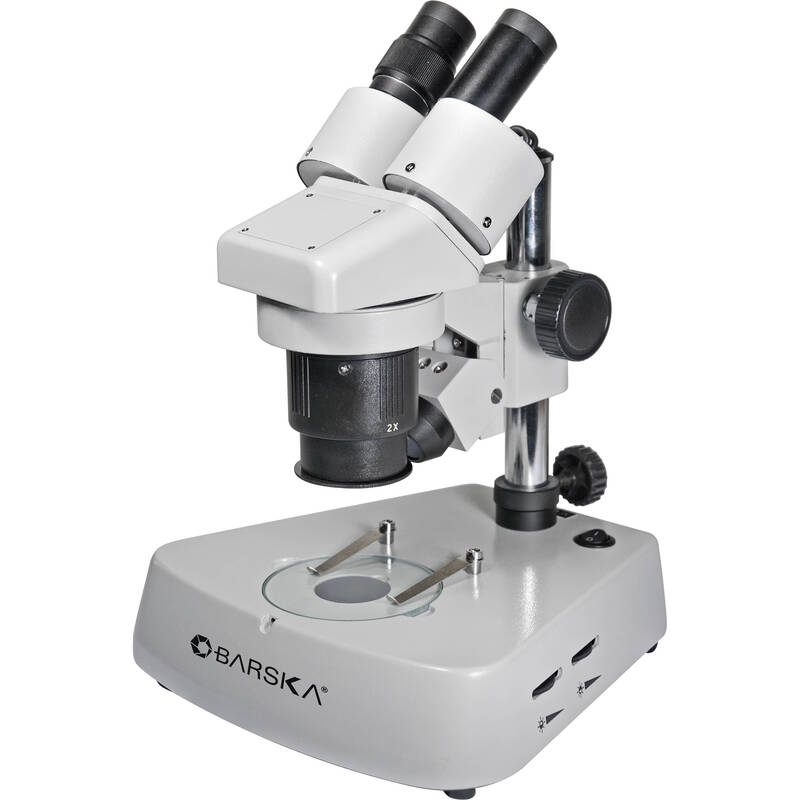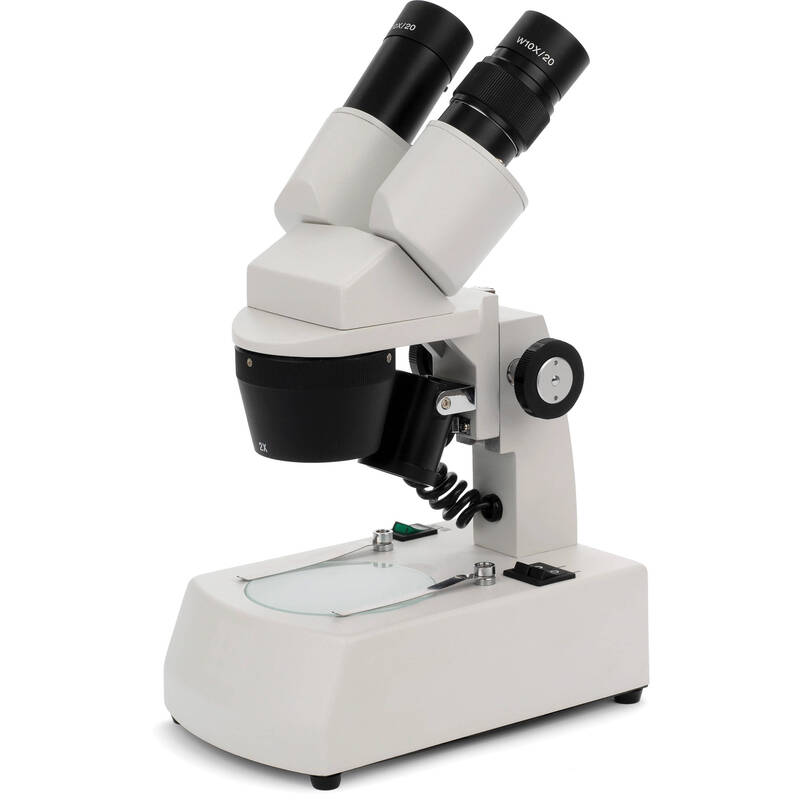Introduction: What is a Stereoscopic Microscope?
A stereoscopic microscope, also known as a stereo microscope or dissecting microscope, is a specialized optical device used to view objects in three dimensions. Unlike traditional compound microscopes, which provide a 2D view through a single optical path, the stereoscopic microscope utilizes dual optical paths. This arrangement allows users to perceive depth, making it easier to study larger, solid specimens like rocks, plants, and small electronic components.
The working principle of a stereoscopic microscope involves two separate optical systems that create a unique three-dimensional image of the specimen. Each optical path captures the object from a slightly different angle, mimicking the way human eyes perceive depth. The combination of this dual magnification technique and the use of various lighting methods enhances detail visibility and texture discernment.
Since stereoscopic microscopes have lower magnification than compound microscopes, they excel in providing a broad view. They are commonly used in fields requiring intricate examination, including biology, material science, and electronics. With their user-friendly design and versatile applications, stereoscopic microscopes are invaluable tools for students, educators, hobbyists, and professionals alike.

Key Features of Stereoscopic Microscopes
Stereoscopic microscopes come equipped with a range of features that set them apart from other microscopic tools. Understanding these features is crucial when considering a purchase. First, magnification levels typically range between 10x to 80x, allowing users to view detailed images of specimens without compromising the image’s depth perception. Unlike compound microscopes, which require thin slices of samples, stereo microscopes can accommodate bulkier objects.
Optics play a significant role in the performance of a stereoscopic microscope. High-quality lenses ensure clearer images, while adjustable diopters facilitate customized viewing for users with varying eyesight. Another vital aspect is lighting. Many stereoscopic microscopes include built-in LED illumination, providing optimal lighting for accurate observation. Users often benefit from adjustable lighting angles, which enhance visibility across different specimen textures.
In terms of ergonomics, the design of a stereoscopic microscope is made for comfort. Many models feature adjustable stands and eyepieces that minimize strain during extended use. Some advanced models even include trinocular ports for camera attachments, enabling users to capture images for documentation or analysis. Understanding these key features helps users select the microscope best suited to their needs.
Applications of Stereoscopic Microscopes
The versatility of stereoscopic microscopes makes them indispensable across various fields. In educational settings, they allow students to engage in hands-on learning by examining specimens up close. For instance, biology students can dissect plans and animal specimens with these tools. This practical exposure enhances their understanding of biological structures and functions.
In biological and medical research, stereoscopic microscopes play an essential role in tissue analysis and the examination of small organisms. Researchers can observe the morphology and anatomy of specimens, allowing for more accurate data collection. Additionally, they are valuable in industries like material science and engineering. Technicians use them to inspect materials for defects or to aid in assembly processes.
Moreover, hobbyists appreciate stereoscopic microscopes for their applications in jewelry design and crafting. Artists can examine intricate details in gems, identifying flaws and enhancing their creations. Equally, collectors of stamps and minerals often use them to assess the condition of their items closely.
In electronics, these microscopes facilitate detailed inspections of complex circuit boards. Technicians can identify soldering errors and other issues that require detailed scrutiny. Thus, the applications of stereoscopic microscopes span numerous fields, demonstrating their widespread utility.

Choosing the Right Stereoscopic Microscope
Selecting the best stereoscopic microscope involves careful consideration of specific factors. Firstly, think about the intended use and application. Will the microscope serve educational purposes, or is it for professional research? Understanding the primary function helps narrow down choices considerably.
Next, assess budget considerations. Stereoscopic microscopes range in price from affordable options suitable for beginners to high-end models designed for professionals. Setting a budget upfront will streamline your selection process.
Another critical factor is the features that best suit the user’s needs. Consider aspects such as magnification capabilities, lighting options, and ergonomic design. For example, if extensive use is anticipated, opt for a microscope with adjustable eyepieces and an ergonomic build to minimize discomfort.
Also, read reviews and seek recommendations from experienced individuals in the field. Gathering insights from others can lead to informed decisions, ensuring that you select a microscope that aligns with your needs and expectations.
Comparison: Stereoscopic Microscope vs. Compound Microscope
To make an informed decision between a stereoscopic microscope and a compound microscope, understanding their differences is essential. One of the most significant distinctions lies in their functionality. Although both types of microscopes magnify objects, stereoscopic microscopes allow users to view three-dimensional images, while compound microscopes provide two-dimensional views.
Stereoscopic microscopes excel at examining larger, thicker specimens because they do not require thin slicing, making them ideal for biology, engineering, and jewel craftsmanship. In contrast, compound microscopes offer much higher magnification—typically up to 1,000x—making them essential for detailed cellular and microbiological studies.
Moreover, the user experience tends to vary between the two. Stereoscopic users often find it more comfortable to examine specimens for extended periods due to the binocular design and depth perception. On the other hand, users of compound microscopes may find focusing and adjustments to be more tedious, particularly when studying delicate specimens.
Both types of microscopes have their unique advantages and are appropriate for different applications. Ultimately, making a choice depends on the specific needs and purposes of the user.
Top Picks: Best Stereoscopic Microscopes on the Market
When it comes to buying a stereoscopic microscope, several models stand out based on user reviews, features, and price points. Below are some top picks worth considering:
1. AmScope SE400-Z
This affordable stereoscopic microscope is ideal for students and hobbyists. Magnification levels range from 10x to 20x, making it suitable for a variety of applications. The built-in LED lighting offers excellent illumination, while its durable construction ensures longevity.
2. OMAX 40X-2000X
For more advanced users, the OMAX model provides a range of magnification levels from 40x to 2000x. Its versatility, combined with good optics, makes it suitable for both educational settings and professional labs. The model features a user-friendly design that allows easy adjustments.
3. Celestron 44102
This binocular stereo microscope offers high-quality optics and magnification of 10x to 40x. Celestron is known for its optical devices, making this model a reliable choice. The adjustable LED illumination improves visibility for detailed observations.
4. National Geographic 40X-1280X
This model is tailored for educational purposes. It includes everything students need to start exploring the microscopic world. With variable magnification levels and a sturdy frame, it’s a reliable microscope for young learners.
5. Levenhuk DTX 30
A portable option, this digital microscope allows for easy sharing of observations. The digital screen is perfect for classrooms or for users who want to document findings. It also features adjustable magnification up to 300x.
These selections offer a range of features and price points, allowing users to find the right fit for their needs. When deliberating over options, consider aspects such as intended use, ergonomics, and additional features.

Conclusion: Enhance Your Observational Skills with a Stereoscopic Microscope
In summary, the stereoscopic microscope is an invaluable tool that provides users with enhanced observational abilities across various fields. Its unique ability to deliver three-dimensional images greatly improves the experience of studying specimens, making it ideal for students, educators, and hobbyists alike.
With numerous applications ranging from education to quality control in industries, the versatility of stereoscopic microscopes is unmatched. By considering important factors when selecting a model, you can find the perfect microscope to enhance your observational skills and meet your specific needs.
Ultimately, investing in a quality stereoscopic microscope can lead to a deeper understanding and appreciation of the intricate world around us. Explore the diverse options available on the market and embark on your journey of discovery today!





